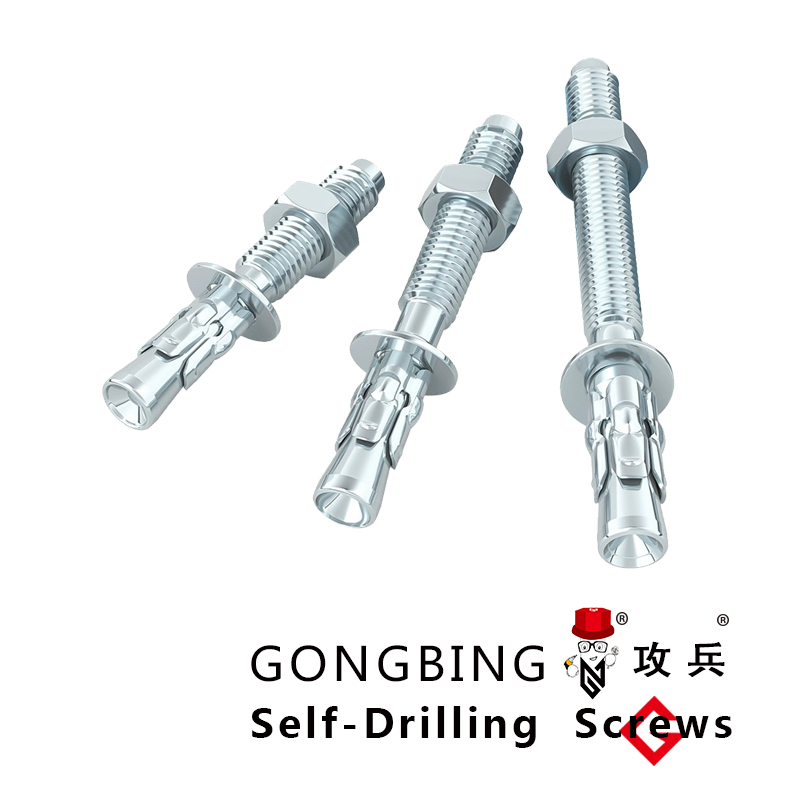Effective Techniques for Utilizing Steel Stud Cross Bracing in Modern Construction Projects
Steel Stud Cross Bracing A Structural Engineering Essential
In the realm of modern construction, steel stud cross bracing has emerged as a crucial component in enhancing the structural integrity of buildings. This technique involves the use of steel studs arranged in a crisscross pattern within wall frames or structural systems, which contributes significantly to the overall stability and resilience of the structure. This article delves into the importance, benefits, and application of steel stud cross bracing in contemporary architecture and engineering.
Understanding Cross Bracing
Cross bracing is designed to counteract lateral forces—such as wind loads and seismic activity—that can compromise a building’s stability. By installing steel studs diagonally across a frame, the structure can effectively distribute stress and enhance resistance to buckling. The mechanism works on the principle of triangulation, where the cross-braced elements work together to form a rigid framework that maintains its shape under stress.
Importance in Construction
The significance of steel stud cross bracing cannot be overstated. In urban areas where buildings are often crowded and constructed in proximity to one another, they must withstand significant lateral forces. Cross bracing helps ensure that these structures do not succumb to bending or collapsing under such pressures. This not only protects the investment made in the construction of the building but also ensures the safety of occupants and nearby structures.
Moreover, the versatility of steel studs allows for innovative architectural designs that can incorporate large open spaces without compromising structural safety. Buildings can utilize fewer columns, leading to enhanced aesthetic appeal and more functional interior layouts. This characteristic is especially desirable in commercial spaces such as offices or retail centers, where open floor plans are preferred.
Benefits of Steel Stud Cross Bracing
steel stud cross bracing

1. Enhanced Stability By providing a robust framework that effectively disperses loads, steel stud cross bracing significantly enhances a building's resistance to lateral forces. This is particularly vital in earthquake-prone regions where structural integrity is paramount.
2. Cost-Effectiveness The use of steel studs can be a cost-effective choice. Steel is a durable material that requires less maintenance over time compared to wood or other alternatives. Furthermore, the speed of installation associated with prefabricated steel components can translate to reduced labor costs and faster project completion times.
3. Lightweight yet Strong Steel studs are lighter than traditional materials, which simplifies transportation and installation processes. Despite their lightness, they provide remarkable strength and can withstand substantial loads, making them an ideal choice for modern construction.
4. Sustainability Steel is a recyclable material, and its use aligns with sustainable building practices. Opting for steel stud cross bracing contributes to environmentally friendly construction, helping to reduce waste and the overall carbon footprint of buildings.
Applications in Modern Architecture
Steel stud cross bracing is widely employed in various structures, including high-rise buildings, commercial complexes, bridges, and even residential projects. Architectural firms often integrate this method into their designs to achieve both aesthetic and functional objectives. The exposed bracing systems can also serve as a design feature, highlighting the industrial charm of steel architecture.
Conclusion
In conclusion, steel stud cross bracing stands as a testament to the advances in construction technology, offering a solution that marries safety, functionality, and style. As urbanization continues to rise, and the demand for resilient structures increases, the role of steel stud cross bracing in architectural design and engineering will undoubtedly grow. By understanding and implementing this technique, builders and architects pave the way for safer, more innovative, and sustainable building practices, ensuring that urban landscapes can withstand the tests of time and nature.
-
Weatherproof Plastic Expansion Anchors for OutdoorNoviceJun.06,2025
-
Sustainability in the Supply Chain: Eco-Friendly TEK Screws ProductionNoviceJun.06,2025
-
Load-Bearing Capacity of External Insulation FixingsNoviceJun.06,2025
-
Double Head Bolts: Enhancing Efficiency in Industrial MachineryNoviceJun.06,2025
-
Corrosion Resistance in Chipboard Screws: Coatings for Wholesale DurabilityNoviceJun.06,2025
-
Butterfly Toggle Bolts : Enhancing Structural ResilienceNoviceJun.06,2025
